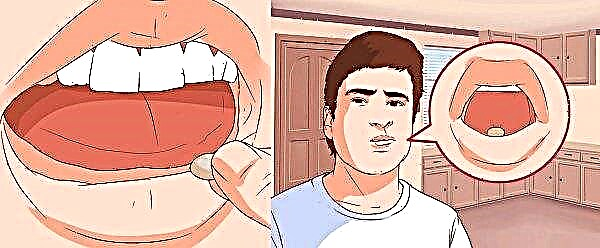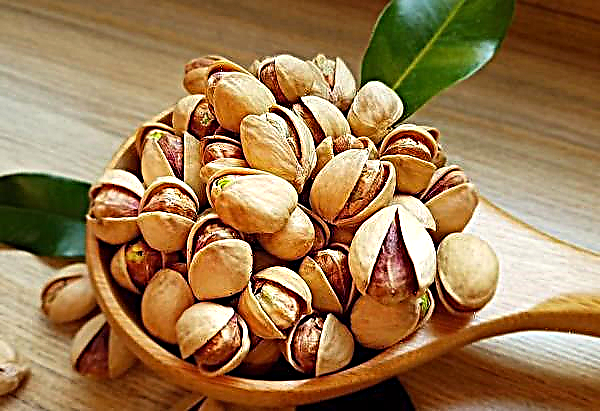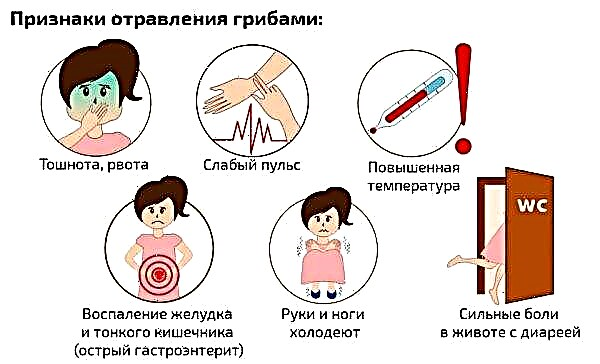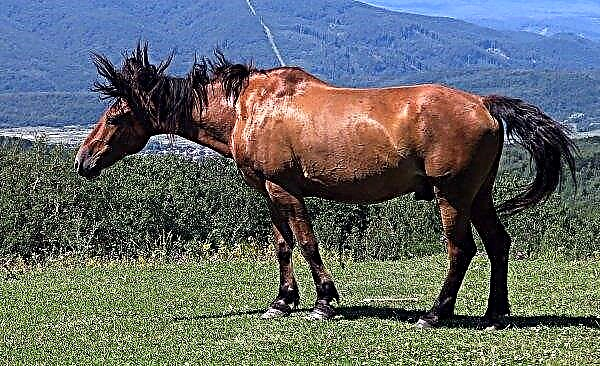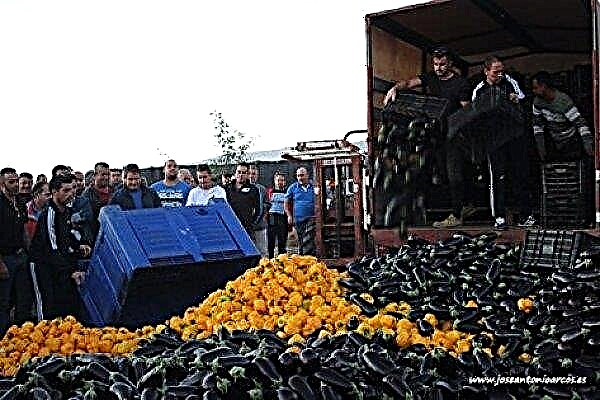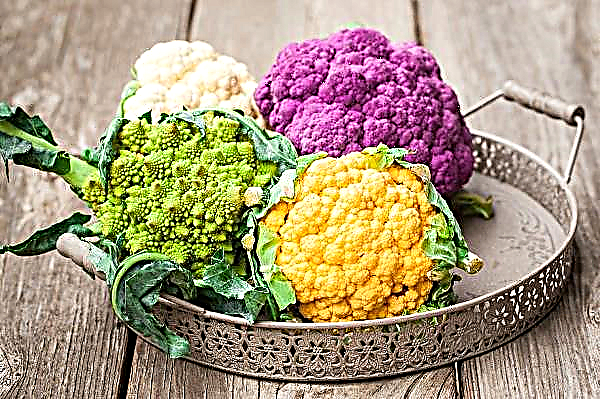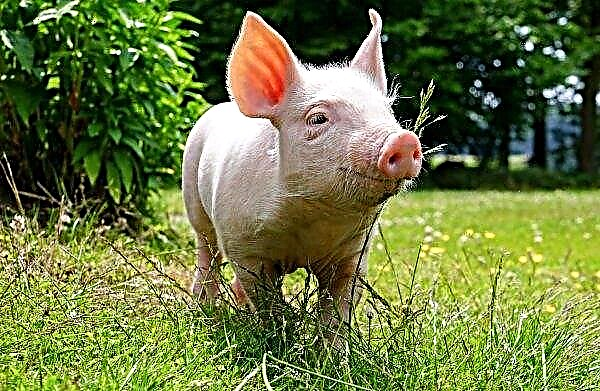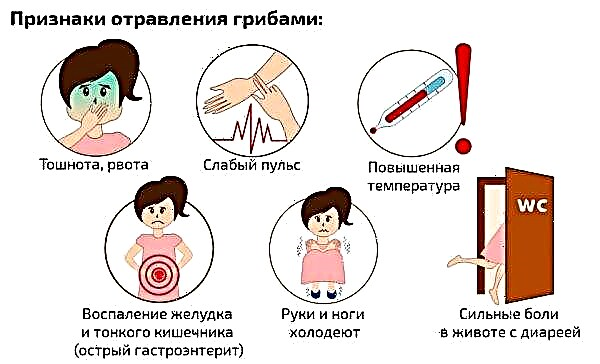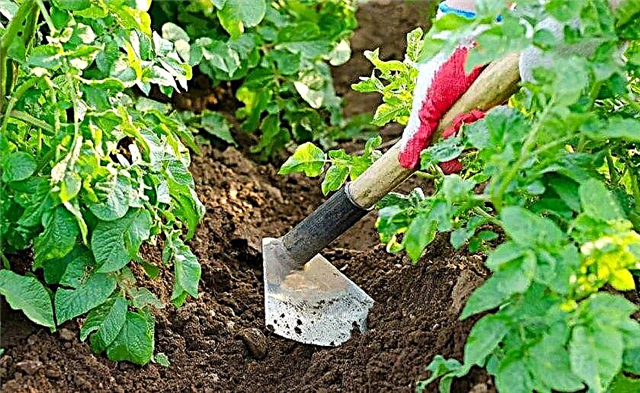Orchid is a flower that people admire for many centuries. It is considered a refined, expensive, unusual and capricious flower. In order for him to please his flowering longer, he needs top dressing, and when to fertilize and how to do it correctly, we will consider in our article.
What are top dressings?
Feeding is one of the ways to take care of indoor plants. Properly selected fertilizer will support the health of the flower, increase its flowering time and the number of inflorescences. The root system of the phalaenopsis draws nutrients from the substrate, and the water that the flowers are watered flushes them out of it - this is why it is necessary to replenish the supply of nutrients with the help of complex fertilizers.
Fertilizing is the application of organic and mineral fertilizers necessary for the normal development and growth of plants. Top dressing can be made from natural raw materials, or can be obtained as a result of chemical synthesis.Did you know? In ecuador American scientist Lou Jost was able to discover the smallest orchid - a miniature flower with transparent petals, whose diameter was only 2.1 mm. The find was attributed to the species Platystele genus, in which there are 95 orchids.
Top dressings are:
- root (contribute to the soil) and foliar (spray plants);
- liquid or dry;
- organic or mineral.
What top dressing to choose for the Phalaenopsis orchid
An orchid is a living organism, and for its normal development, growth and flowering, additional nutrition, as well as vitamins, is required from time to time.

B vitamins
Vitamins of group B have a good effect on the quality of flowering of phalaenopsis, the appearance of the flower. They are used as the plant grows and blooms. Vitamins are part of many complex top dressings, so they do not contribute separately.
Cytokinin paste
Cytokinin paste is a hormone that is used to stimulate the development of "children" and the kidneys of a flower. It includes phytohormone, which awakens the kidneys, slows down the aging process of the plant, activates its growth. The paste is applied to the scales of a sleeping kidney. The tool is very effective, allows you to get the "baby" orchids or flower stalk in the shortest possible time.
Succinic acid
Succinic acid is used during the period of orchid growth, during the appearance of buds or after an illness. The drug has a beneficial effect on the immunity of the plant, its appearance. It stimulates the photosynthesis of the flower, affects the formation of new roots.

Potassium permanganate
Orchid is treated with potassium permanganate only when it is detected that the plant has become infected with a fungus or pests have appeared. Potassium permanganate is not a type of fertilizer, but a medicine.
Glucose
Glucose is a drug that is used to treat phalaenopsis when its root system or leaves dry. Spraying the plant with glucose leads to its rapid recovery.
Did you know? One of the most expensive flowers on the planet is the Kinabalu Gold Orchid. This flower grows in only one place on Earth - on Mount Kinabalu on the island of Borneo. Appearance flower stalks coincides with the 15-year-old age of the plant, it blooms from April to May. The cost of the shoot of such a flower can reach 5 thousand dollars and more.
Types of Feeding
There are two types of top dressing - foliar and root, but not everyone knows how to apply them correctly.
Root
Saturation of an orchid with a root top dressing occurs only after watering it. A flower is placed in a dish with a nutrient solution for 15–25 minutes, during which time the roots absorb the necessary amount of nutrients. After that, the orchid is removed and given the opportunity to drain excess moisture. The flower is placed in a warm place so that it can absorb the resulting nutrients.

Foliar
Orchids respond favorably to foliar top dressing, since in this case the solution gets to all parts of the plant. You can spray the leaves through the spray gun (misty spray mode) in the direction from the bottom up, so that the solution covers the maximum area of the plant.
Important! Orchids should be sprayed in the evening, at a room temperature not lower than +22°C. Lower temperatures often lead to the development of fungus, rot, or mold on a flower crop.
Features of fertilizing at home
A solution with nutrients for orchids contribute depending on the intended result. Thus, the application of fertilizing differs both in purpose and in the period of application. With the help of fertilizers, it is possible to achieve that a certain part of the flower grows and develops.

Before the buds
Depending on in what period of growth and development is phalaenopsis applied, certain nutritional supplements are used in their composition:
- with active growthleaf extension - nourish with high nitrogen mixtures;
- when laying peduncles - nourish with solutions with a high content of potassium and phosphorus;
- Phalaenopsis "children" need phosphorus, because it is it that ensures the normal course of protein and carbohydrate metabolism, establishes the process of photosynthesis, growth and respiration of a plant, in addition, phosphorus needs a flower for a beautiful and rich flowering, and the leaves in this case acquire a saturated color.
Important! Nutrient supplementation is only possible during the growth period.
During flowering
During flowering, top dressing is not applied, although the plant spends its resources on maintaining flowering. It is noticed that if during the flowering season they make fertilizing, then the flowering period is greatly reduced, and peduncles quickly drop flowers.
The most appropriate time to feed the plants is after flowering, because at this time the plant will replenish its strength and will go into a dormant state.
After transplant
After transplantation, phalaenopsis is under stress, its root system, no matter how you handle it carefully, is broken in places and scratched in places.  Such roots are not able to absorb nutrients, so the substrate absorbs them, creating unfavorable conditions for phalaenopsis. For these reasons, it is advisable not to fertilize the plant about 30 days after transplantation.
Such roots are not able to absorb nutrients, so the substrate absorbs them, creating unfavorable conditions for phalaenopsis. For these reasons, it is advisable not to fertilize the plant about 30 days after transplantation.
During rest
In the resting period, top dressing and vitamins do not contribute.
Work Precautions
When applying fertilizers, there are certain rules that you must follow:
- radical nutrition is introduced only after saturation of the roots and substrate with moisture;
- for a month after transplantation and after rest, do not feed the plant;
- during flowering, fertilizers are also not applied, since this reduces the flowering time;
- only healthy plants are fed;
- the nutrient solution is not sprayed onto buds or flowers;
- it is necessary to strictly adhere to the dosage, do not exceed it, so as not to burn the root system or phalaenopsis leaves;
- before using the complex aqueous solution, it is necessary to shake the bottle, because useful salts tend to settle at the bottom;
- orchids are better not to be fed with nutrients than to be overfed;
- pay attention to the terms and conditions of storage of the drug.
Fertilizers for orchids are important, but they should be applied exactly when the plant needs them. Subject to the simple rules for the care of the Phalaenopsis orchid, she will respond with a beautiful and long flowering.Important! It is forbidden to simultaneously apply foliar and root dressings, they can only be alternated.

